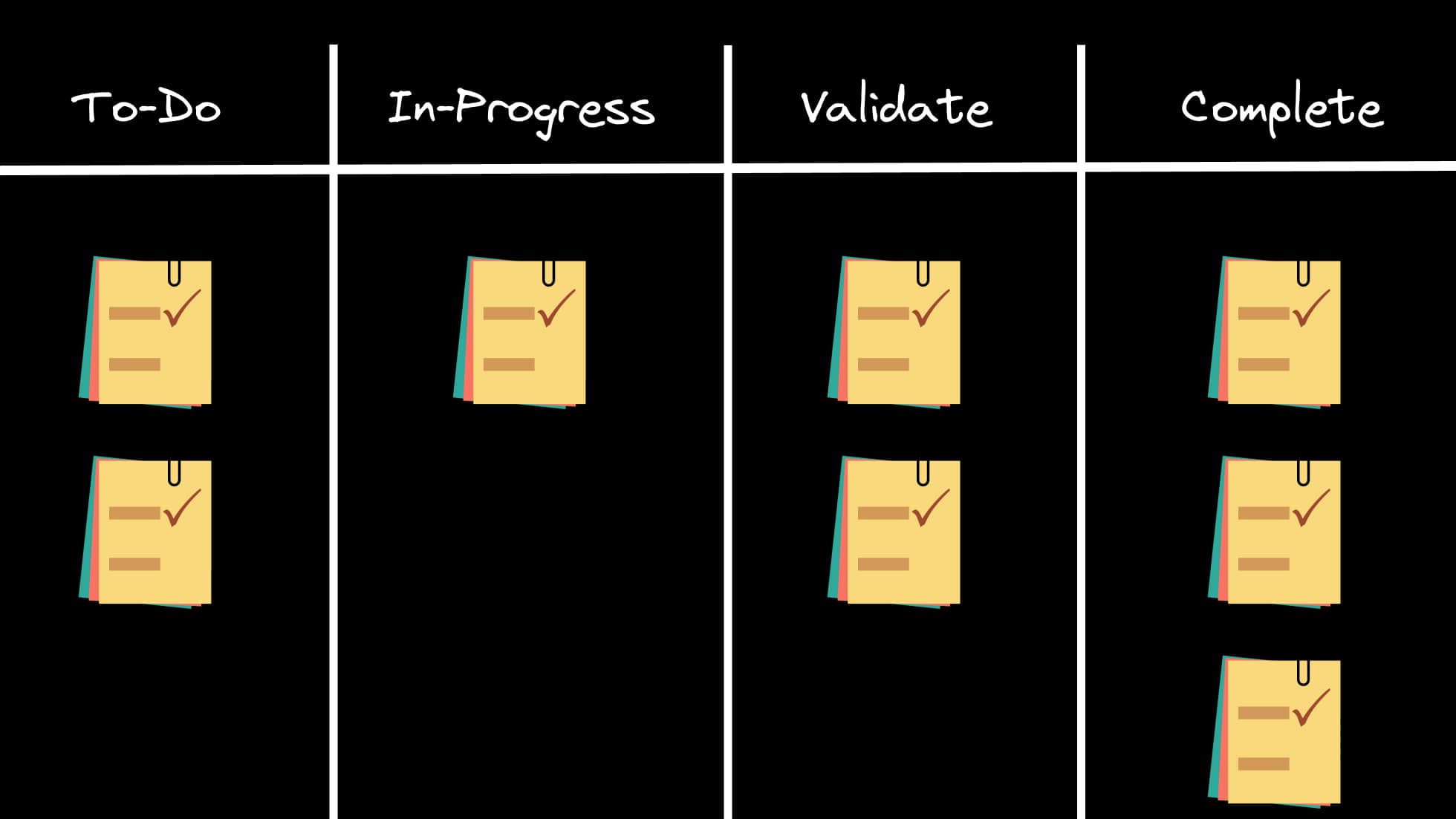Managing Remote Teams - Lessons from My Software Company

Today I want to spill the beans on how we manage our remote teams at my small software company. After years of trial and error, we’ve found some practices that really work for us. Let me break it down for you.
1. Clear Communication Guidelines: Our Secret Sauce
First things first: clear communication is our lifeblood. Here’s what we do:
- Weekly one-on-ones with direct reports
- Friday demo days (Show and tell, baby!)
- Daily check-ins and check-outs
We’re big fans of the GitHub’s ReadMe project approach to communication. It’s all about deciding who says what to whom, and with what effect. Sounds simple, but it’s a game-changer.
Our toolbox? We use Mattermost for chat (it’s like Slack, but we like it better), Google Meet for calls, and our own in-house tool called ClipTail for recording weekly status updates. Want to try ClipTail? Shoot me an email, and I’ll hook you up!
2. Trust and Accountability: The Dynamic Duo
Here’s a nugget of wisdom from Andy Grove’s “High Output Management” that blew my mind: If you don’t check in on delegated work, it’s not really delegated. Mind. Blown.
We use Taiga for project management (it’s free and awesome - don’t ask me why, just enjoy it), and GitLab for code collaboration. Pro tip: We write checklists directly into the code. It’s a great way to track progress and keep everyone on the same page.
3. Social Interaction: Keep It Practical
We’re not big on fancy team retreats or endless “coffee chats”. Our focus is on quick problem-solving and making sure no one gets stuck. That said, we’re experimenting with some team bonding activities. This Friday, we’re planning to play Quake together online. I’m pretty stoked about it!
4. Employee Wellbeing: My Controversial Take
Okay, here’s where I might ruffle some feathers. While everyone talks about regular breaks, clear work hours, and mental health resources (all good things, don’t get me wrong), I believe what really matters is:
- Working on interesting projects
- Having a real chance of success
- Learning opportunities
I’ll tell you a secret: I felt way more fulfilled coding Ruby on Rails for 10 hours a day in the Philippines than I ever did in corporate wellness programs. Maybe it’s just me, but my team seems to feel the same way.
5. Effective Onboarding: Don’t Leave Newbies Hanging
When someone new joins, we make sure they have:
- A solid README.md to get started
- A standard-ish tech stack (familiarity breeds productivity)
- An onboarding buddy
- A clear understanding of the team mission
Our team leads are crucial here. They’re responsible for checking in more often with new folks, offering pair programming sessions, and making sure no one feels lost.
6. Regular Check-ins & Reviews: Keeping the Momentum
Here’s my hot take: We entrepreneurs can kick our own ass. Others need help. Most people, even developers, will drift off-mission or slow down without constant challenges.
My boss tip? Set realistic but tight deadlines. If a feature should take a week, give it a week deadline. It keeps things moving and helps identify issues early.
So, What’s Your Take?
I’d love to hear about your remote work experiences. What environment have you thrived in, and why? Drop a comment below and let’s chat!
And hey, if you want to dive deeper into the world of deadlines, check out my video on the topic over on my YouTube channel.
Remember, these are just the practices that work for us. Every team is different, so find what clicks for you and your crew. Keep experimenting, keep learning, and most importantly, keep shipping awesome stuff!
